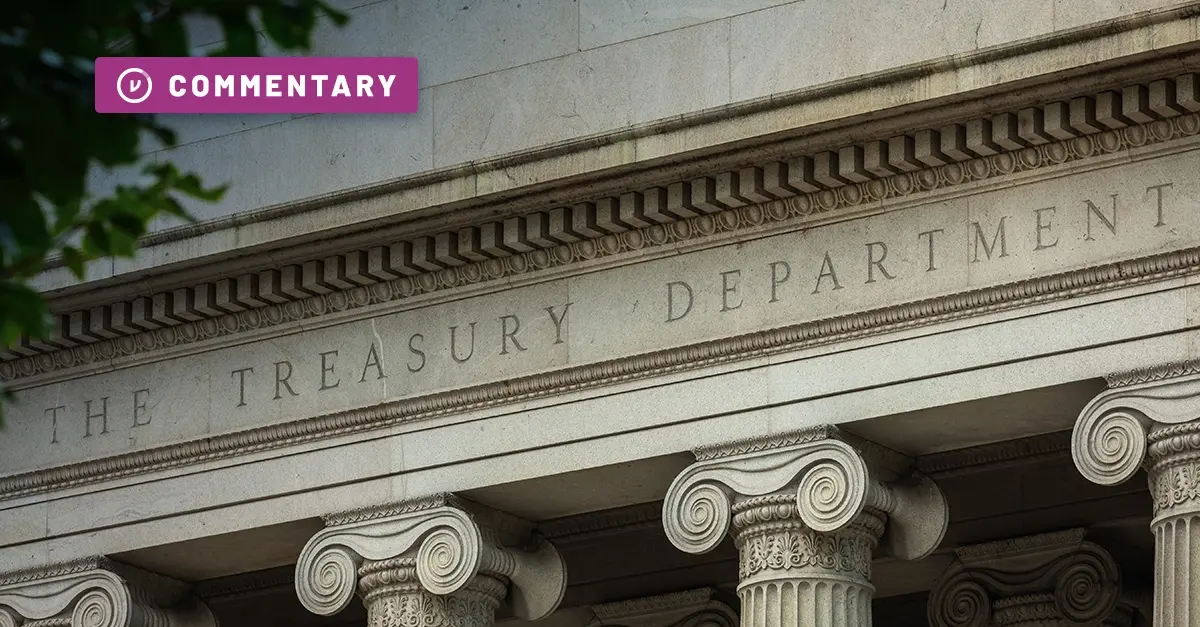TABLE OF CONTENTS
See Virtru In Action


Sign Up for the Virtru Newsletter
See Virtru In Action


For decades, our approach to data security has been built on a medieval concept: the castle-and-moat strategy. We've constructed virtual fortresses with towering firewalls, deep moats of network segmentation, and bridges that rise and fall through strict access controls. The goal? Keep valuable data in, and bad actors out.
But here's the reality we must confront: business in the digital age demands more than just protection—it demands flow.
The numbers tell a sobering story. Verizon's 2024 Data Breach report reveals a staggering 10,626 data breaches—a 100% increase from the previous year. Despite our ever-higher walls and ever-deeper moats, the breaches continue. Why? Because our fundamental approach may be flawed.
Traditional perimeter-centric security operates on a binary premise: either you're inside the castle (trusted) or outside (untrusted). But modern business doesn't work that way. Data needs to move—between departments, organizations, partners, and customers. Every time we lower the drawbridge, we create vulnerability.
Consider this analogy: data is the new oil. But not just in terms of value—in terms of necessity of flow. Oil locked in a vault generates no value. Its worth is realized only when it flows freely through the economy, powering vehicles, creating products, and energizing industries.
The same is true for data. Customer insights locked behind firewalls can't improve user experiences. Supply chain data trapped in silos can't optimize operations. Innovation data confined to internal networks can't drive collaborative breakthroughs.
The solution isn't to abandon security—it's to fundamentally rethink it. Instead of focusing solely on protecting the perimeter, we need to shift our defense closer to the data itself. This means implementing security that travels with the data, wherever it goes.
Think of it this way: rather than keeping oil secure by storing it in fortified tanks, imagine if we could make the oil itself resistant to theft or tampering, while still allowing it to flow freely and fuel progress.
This is where technologies like Trusted Data Format (TDF) come into play. TDF, implemented through solutions like Virtru, wraps each piece of data in its own protective layer. The security travels with the data, maintaining protection even as it moves beyond traditional perimeter defenses.
Modern enterprises face a dual mandate:
This isn't just about technology—it's about enabling business transformation. When data can flow freely while remaining secure:
The future of cybersecurity isn't about building higher walls—it's about enabling secure data flow. As we move forward, organizations must embrace this paradigm shift:
The walls are indeed crumbling. But perhaps that's not a crisis—it's an opportunity to build something better: a security model that protects and enables in equal measure, allowing data to flow as freely as oil while maintaining its integrity every step of the way.
The question isn't whether to let your data flow—it's how to protect it when it inevitably does.

A proven executive and entrepreneur with over 25 years experience developing high-growth software companies, Matt serves as Virtu’s CMO and leads all aspects of the company’s go-to-market motion within the data protection and Zero Trust security ecosystems.
View more posts by Matt HowardSee Virtru In Action
Sign Up for the Virtru Newsletter











Contact us to learn more about our partnership opportunities.